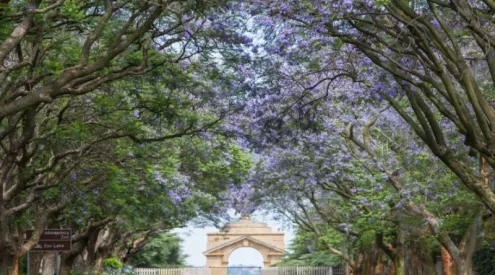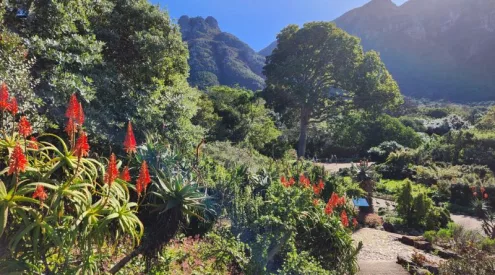The South African Marion Island is overrun with mice that are eating seabird chicks alive.
A project is in motion to terminate the mice next year – but the organisations involved need help to do it.
If the project, which is spearheaded by environmental NGO BirdLife SA, the Fitz Patrick Institute of African ornithology and South African Department of Environmental Affairs, is successful, the island will become the biggest in the world to have completely eradicated mice.
The mice, which are foreign to the island and arrived onboard ships in the 1800s, have been crawling onto the backs of seabird chicks at night and nibbling their skin. The chicks die within a few days as a result.
The seabirds only breed in habitats where there are no mammal predators, and so have never experienced being preyed on by fast-moving nocturnal predators such as mice. Because of this, they haven’t evolved to fight back.
https://www.instagram.com/p/BuHxWxOhUpW/
R30 million is needed in order to buy 300 tonnes of poisoned cereal pellets to bait the mice, and to hire helicopters, specialist pilots, ships and personnel to distribute the bait over the entire island. The pellets will be dropped from buckets attached to the helicopters.
The public has been asked to sponsor bait to cover a hectare of land on the island. Sponsoring one hectare costs R1,000. So far, over 500 patrons have sponsored more than 1,000 hectares.
https://www.instagram.com/p/Bk-3UPJnIjW/
They plan to treat the entire island in one go, wait for two weeks and then treat the island again, to ensure they reach every mouse.
It will take a month or two to complete the operation. It takes a week to treat the entire island if the weather is good and all helicopters are able to fly at once.
https://www.instagram.com/p/BlcV1avHbEO/
The poison that will be used on the mice is similar to commercial rat poison, but takes longer to have an impact. It makes the mice feel unwell but they will be unlikely to feel pain or distress. They will simply go back to their burrows, go to sleep and not wake up.
Due to them being in their burrows there is very little risk that other animals will find and eat the mice and ingest the poison.
To minimise the risk to scavenging birds, some will be kept in captivity until the pellets are washed out to sea and all carcasses have been removed.
The pellets don’t dissolve in water but will be in such small quantities that they will be undetectable.
Once the mice have been removed from the island, it is unlikely they will be able to return. Their eradication means the existing biosecurity will be able to flourish and increase.
Many birds that call the island home will also have more food available once the mice are gone, as they will no longer be competing with the mice for their natural supply of food.
The island lies over 2,000km south of Cape Town in the southern Indian Ocean and has been a site of South African research since the 1940s. It is home to 28 bird species, including five albatross species, petrels, gulls, skuas, and four penguin species. The neighbouring island, Prince Edward Island, is home to 40% of the world’s wandering albatrosses, a near-endangered species.
In the 1900s, the island was eradicated from cats.
Mice have been eradicated from more than 70 islands around the world with a 95% success rate, and here’s hoping Marion Island will become part of the successful majority.
Featured Image: Mouse Free Marion Facebook.
















